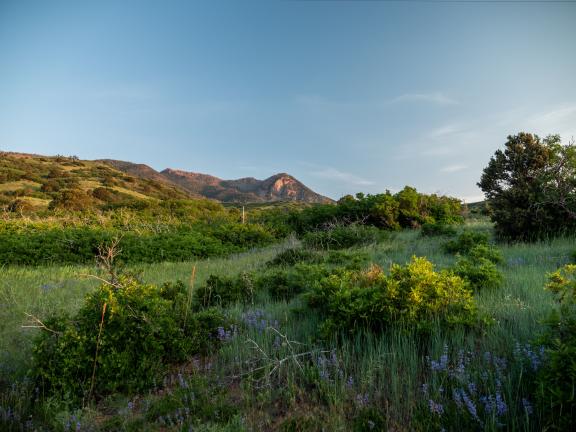Guiding document aims to enhance and protect the 384 acres in northwest Colorado Springs
Colorado Springs City Council today approved the Blodgett Open Space Master and Management Plan, a comprehensive vision for the 384-acre open space that aims to provide inclusive, regional access while preserving wildlife habitat, natural resources and cultural heritage.
Developed through a 15-month engagement process with input from the community and stakeholders, the Plan prioritizes natural and cultural resource protection and restoration, while also promoting sustainable recreational and interpretive opportunities for all visitors. Recommended enhancements to the open space include the creation of larger wildlife corridors, three trailheads with visitor amenities, neighborhood connections, wayfinding nodes, and a sustainable trail system featuring multi-use, single-use, and directional trails.
"We would like to thank the community for their involvement in this process,” said Britt Haley, director of Colorado Springs Parks, Recreation and Cultural Services. “The adoption of this Master and Management Plan is a significant milestone in our efforts to preserve and enhance the natural beauty and cultural significance of Blodgett Open Space. The adaptive management strategy outlined in the Plan will allow us to respond to changing circumstances and continually improve our stewardship of this unique and valuable resource.”
One of the key features of the plan is the Park to Peak Trail, which will connect Palmer Park, Austin Bluffs Open Space, Ute Valley Park, and Blodgett Open Space. Additionally, the envisioned 26-mile Chamberlain Trail will eventually link Blodgett Open Space to Cheyenne Mountain State Park, offering a unique backcountry experience along the foothills of Colorado Springs.
The entire Blodgett Open Space Master and Management Plan can be viewed at ColoradoSprings.gov/BlodgettMasterPlan.

